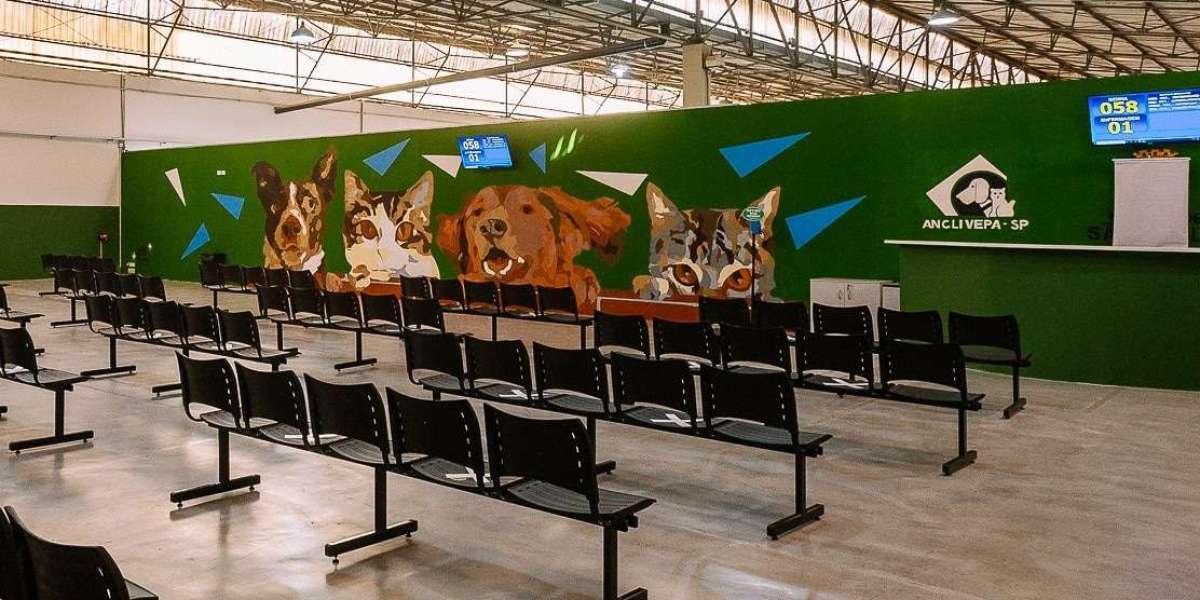In the world of construction, architecture, and spatial design, successful projects rely on seamless collaboration between different professionals — especially architects and interior designers. While architects focus on structural integrity and spatial planning, interior designers bring those spaces to life by optimizing function, aesthetics, and human experience.
If you're considering a career in interior design, or already working in a related field like civil engineering or construction, taking a structured interior design course in Bangalore can significantly enhance your ability to work closely and effectively with architects. Here's how and why.
1. Understanding Design Language and Technical Drawings
Architects often use complex design language, technical drawings, and blueprints to communicate ideas. Without formal interior design training, interpreting these documents can be challenging.
By learning interior design, you gain the ability to:
Read and understand architectural floor plans, elevations, and sections
Interpret symbols, scales, and dimensions
Communicate using industry-standard terminology
This shared language forms the foundation of better coordination and minimizes miscommunication between teams.
2. Aligning Aesthetic Vision with Architectural Constraints
Architects focus on the overall form and structure of buildings, while interior designers shape the experience within that structure. A trained interior designer understands how to work within the framework created by architects to:
Enhance the usability of each space
Choose materials and finishes that complement architectural themes
Suggest design solutions that preserve the structural integrity of the space
With interior design training, you’re better equipped to translate an architectural concept into a functional, beautiful interior, ensuring harmony between the inside and outside.
3. Familiarity with Building Codes and Safety Standards
One of the reasons collaboration between architects and designers can break down is due to a lack of awareness of regulations. A good interior design course introduces you to:
Fire safety norms
Ventilation and lighting standards
Electrical and plumbing layouts
Accessibility and sustainability guidelines
With this knowledge, you can contribute meaningfully to design discussions, suggest compliant solutions, and reduce revisions — making the architect's job easier.
4. Proficiency in Design Software Used by Architects
Modern design collaboration happens digitally. Architects and designers often use similar tools like:
AutoCAD
SketchUp
Revit
Photoshop
3Ds Max
By enrolling in an interior design course, you learn how to use these tools proficiently. This allows you to share files, collaborate on revisions, and make real-time adjustments, leading to faster project turnaround and smoother teamwork.
5. Improved Project Management and Coordination
Interior design courses often include training in:
Time management
Client communication
Vendor coordination
Budget planning
These project management skills are essential when working alongside architects. When both professionals are aligned on timelines, scope, and execution strategy, the chances of delays and conflicts are drastically reduced.
6. Clearer Role Division and Respect for Boundaries
Learning interior design also helps you understand your own scope of work — and where the architect’s responsibilities begin or end. This clarity fosters mutual respect.
For example:
You learn when to defer to an architect for structural changes
You know how to suggest changes without compromising safety or regulations
You focus on interiors while appreciating the architectural intent
This mutual understanding prevents overlap and improves team dynamics.
7. Building Long-Term Professional Relationships
Once you speak the same design language, share digital tools, and understand architectural principles, your value as a collaborator increases. Architects are more likely to recommend or repeatedly work with interior designers who:
Understand their workflow
Respect timelines and decisions
Offer creative ideas that align with the architectural vision
In essence, learning interior design opens the door to strong, long-term partnerships with architects, contractors, and clients alike.
8. Enhanced Career Opportunities
Professionals who understand both architecture and interiors are in high demand. Many firms now prefer hiring designers who can:
Coordinate effectively with architectural teams
Assist during early planning stages
Visualize interiors even before the structure is completed
Whether you're joining an architecture firm, working on turnkey projects, or freelancing, interior design training expands your opportunities across industries like real estate, hospitality, retail, and residential design.
Conclusion: Speak the Same Language, Design Better Together
In the built environment, collaboration is key — and interior designers who are professionally trained can become invaluable partners to architects. By learning the core principles of interior design, you not only improve your own skills but also make yourself a more effective, efficient, and respected collaborator.
At PaperLoft Institute, our interior design diploma courses are designed to help students, civil professionals, and aspiring designers gain the technical, creative, and communication skills needed to work confidently with architects, contractors, and clients. With a strong focus on real-world training, software tools, and placement support, we prepare you for success in multi-disciplinary teams.










